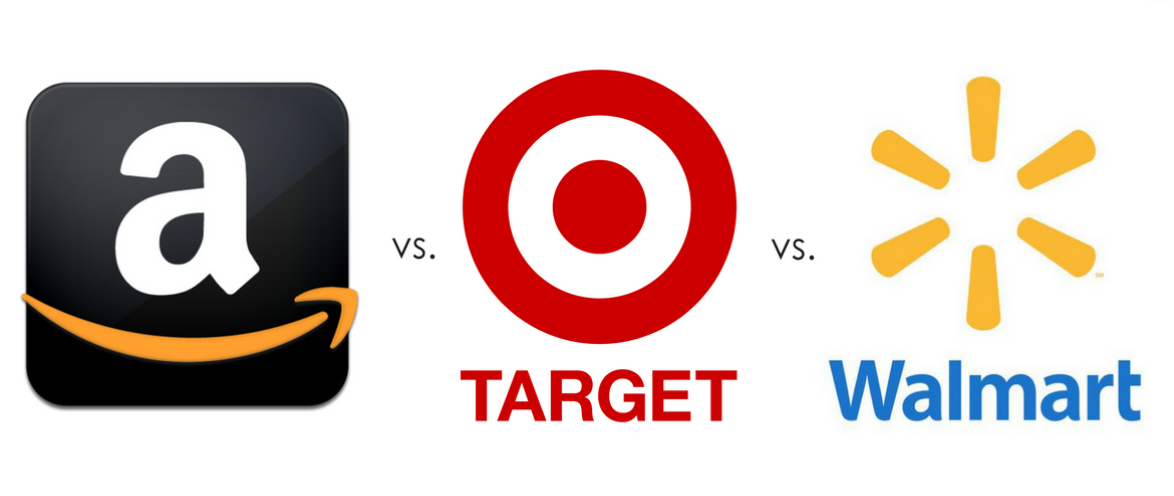
Amazon vs. Target vs. Walmart: Performance Differences in E-Commerce
The e-commerce landscape is dominated by three major players: Amazon, Target, and Walmart. Each platform has its own strengths, challenges, and audience demographics. For brands and sellers looking to scale their online business, understanding the performance differences between these marketplaces is crucial. Let’s break down the key factors that set Amazon, Target, and Walmart apart in terms of reach, conversion rates, advertising effectiveness, and logistics.
Market Reach and Customer Base
- Amazon: With over 300 million active users worldwide and more than 200 million Prime members, Amazon leads the e-commerce space in customer reach. Shoppers trust Amazon for its vast selection, competitive pricing, and fast shipping.
- Walmart: Walmart’s online presence has been growing, especially after its aggressive push into e-commerce. It benefits from its extensive brick-and-mortar network and loyal customers looking for budget-friendly options.
- Target: Target has a strong brand following, especially among millennials and families. While it has a smaller e-commerce market share, its customer base is known for high engagement and brand loyalty.
Conversion Rates and Customer Behavior
- Amazon: Amazon’s customers typically have high purchase intent, leading to strong conversion rates. Prime members, in particular, are more likely to make repeat purchases.
- Walmart: While Walmart’s conversion rates are lower than Amazon’s, they have been improving as the retailer continues investing in its online marketplace and fulfillment services.
- Target: Target’s online shoppers tend to browse and compare before purchasing, leading to longer decision cycles. However, their affinity for exclusive brands results in strong loyalty.
Advertising Effectiveness
- Amazon Advertising: Amazon’s PPC model is highly effective due to its vast customer data and advanced targeting capabilities. Sponsored Products and DSP (Demand-Side Platform) offer powerful ways to boost visibility.
- Walmart Connect: Walmart’s advertising platform has improved significantly, with more refined targeting options and lower competition compared to Amazon, making it a cost-effective option.
- Target Roundel: Target’s ad platform focuses on brand awareness and omnichannel engagement. While it doesn’t yet match Amazon’s precision, it offers strong opportunities for brands targeting lifestyle and household segments.
Fulfillment and Logistics
- Amazon FBA (Fulfillment by Amazon): FBA dominates in speed and efficiency, with Prime shipping setting high industry standards. However, fees can be higher for sellers.
- Walmart Fulfillment Services (WFS): WFS is growing rapidly and provides competitive benefits, including two-day shipping and a simplified seller experience.
- Target Plus: Target’s marketplace is invite-only, which ensures high-quality brands. However, fulfillment options are more limited compared to Amazon and Walmart.
Choosing the Right Marketplace
- For high sales volume and advanced advertising tools: Amazon is the best option.
- For budget-conscious shoppers and growing opportunities: Walmart offers a strong alternative.
- For brand engagement and niche targeting: Target is ideal for premium and lifestyle brands.
Each platform has its advantages, and an omni-channel strategy that leverages multiple marketplaces is often the most effective approach. Need help optimizing your e-commerce strategy? Contact our team today to maximize your marketplace performance.

